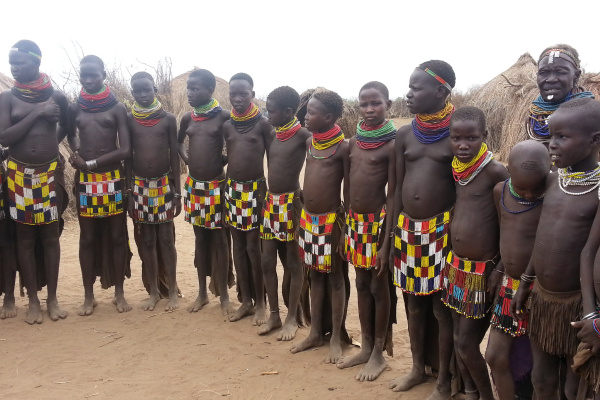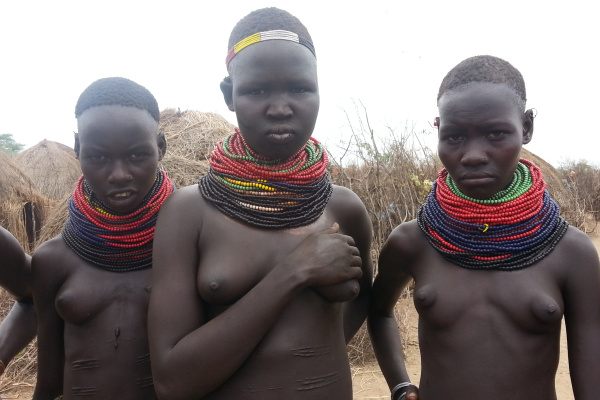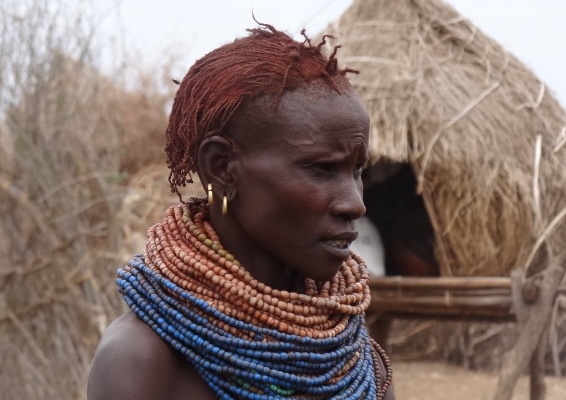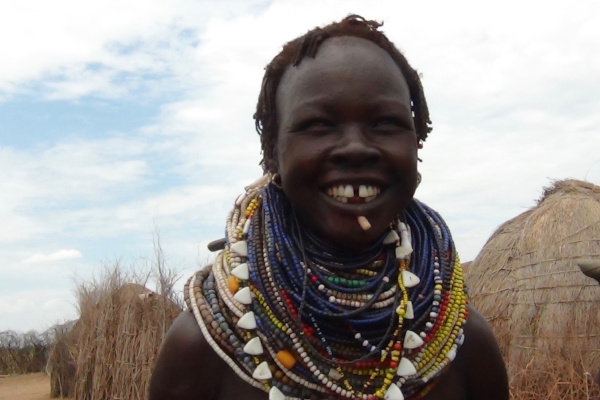The Nyangatom people
Presentation
The Nyangatom, a minority ethnic group (15,000 representatives) of the Karimojong group, live in the extreme southwest of Ethiopia, on the borders of Sudan and Kenya, in a particularly inhospitable region of the Ilemi Triangle. This border area was conquered by Emperor Menelik in 1899 but the Amhara occupation remained purely nominal and the region was not colonized.
The Nyangatom have always been in conflict with their neighbors and are among the most feared warriors in the Omo Valley. In the 1970s, they were practically decimated by the Dassanech. But in 1980, taking advantage, in a way, of the civil war in Sudan, they were able to equip themselves with rifles and the situation was reversed.
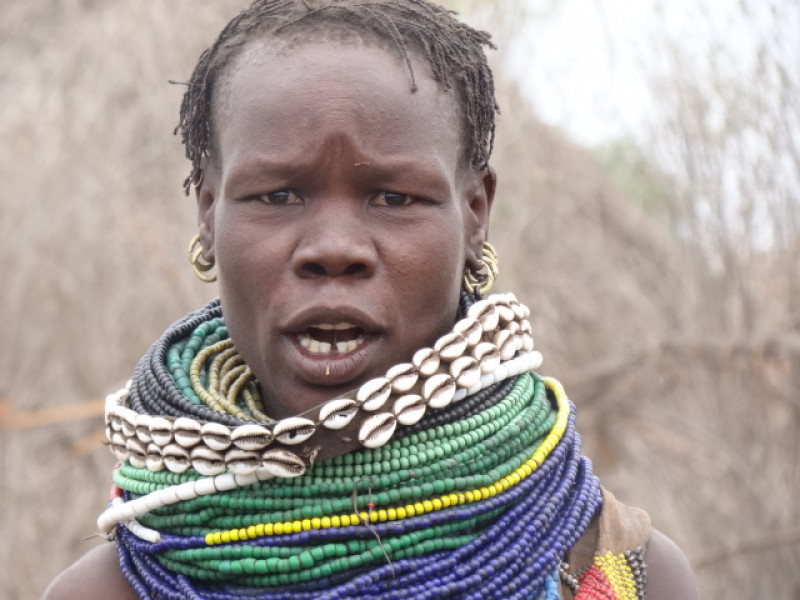
A welcoming people
The Nyangatom are related to the Toposa, their only neighbors with whom they are not in conflict. Their language is one of the Eastern Nilotic languages, belonging to the Teso-Turkana group. Their neighbors call them by their derogatory name, Bume, which means “those who smell bad”. They themselves prefer to call themselves by their nom de guerre Nyang-atom, that is to say “yellow guns” rather than by their old nickname of “elephant eaters”: Nyam-etom.
The originality of the Nyangatom culture is their way of classifying individuals into categories according to the elements of their status and of recognizing themselves as Elephant or Ostrich although there is no surname but only a birth name and territorial affiliation. (for example that of Storks, Flamingos, Ibises) guaranteeing access rights to resources. Without a centralized political system or a dominant-dominated relationship with their neighbors, but sensitive to charismatic power, they are divided not by clan or lineage but by generation. The generation is subdivided into age classes and these into local groups.
The Nyangatom harvest sorghum, corn, beans, collect honey, dry the fish they catch, long enough to live in some ephemeral pastoral camp near mobile and most often hostile neighbors, competing with them for grass and livestock. During the year, measured by lunations and starting with the first rains, floods, with human concentration, and drought alternate, leading to the dispersion of groups. For wealth, in this culture of deprivation but nevertheless of know-how, the man has his flock, his women and his children, but also his bodily ornaments, his headrest and his weapons.
At his death, the elder has his place in the zebu enclosure under a mound of dry dung and the mourners whiten their bodies with sorghum flour. As for the bad dead, we abandon them to the vultures and the hyenas


